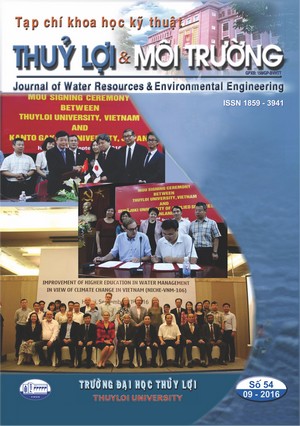Economic analysis of dam rehabilitation projects based on combine reduction in risk of dam failure and downstream benefits
Abstract
This paper describes an approach to Economic Analysis of dam rehabilitation projects which has been applied to the World Bank funded Dam Rehabilitation and Safety Improvement Project (DRaSIP). The project supports the Government's dam safety program with the objective to protect downstream communities and economic activities through priority investments and capacity enhancement.for 450 dams in 34 provinces. Further more, the study presents the methodology and results for the 12 priority dams which have been selected for implementation in the first year of the project based on reduction in risk of dam failure and calculation of downstream benefits. Benefits that were quantified in economic terms include: On-farm-benefits through avoided losses in agricultural production and farm income resulting from dam failure; increased agricultural productivity and cropping intensity due to improved reliability of water supply; and potential increases in irrigated area due to increased water supply with restoration of the operational water level; and additional downstream benefits through avoided flood damage to houses, industrial, commercial facilities and infrastructures resulting from dam failure. This has a strong justification on economic grounds.

